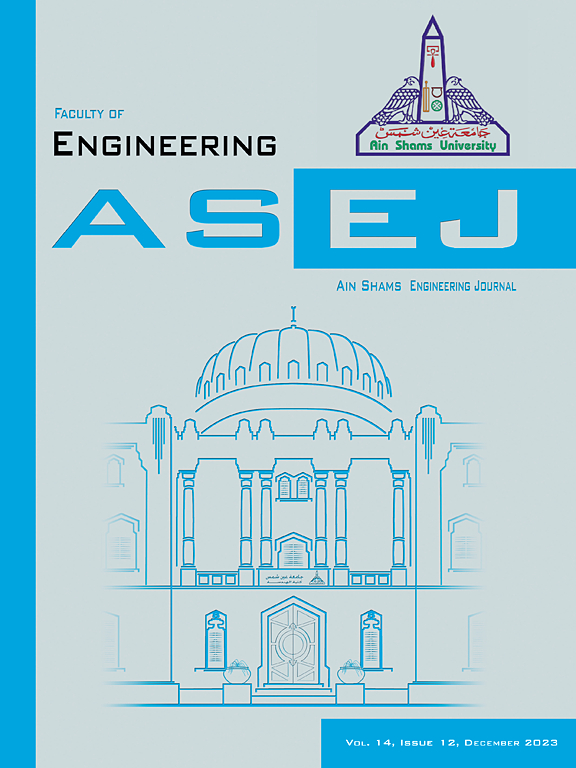Progressive synergistic evolution characteristics of soil arching in supported arch-locked colluvial landslides
IF 5.9
2区 工程技术
Q1 ENGINEERING, MULTIDISCIPLINARY
引用次数: 0
Abstract
A self-designed landslide physical model system was employed to conduct tests with arch support spacings of 5 cm, 7 cm, and 9 cm. The system utilized tensioned reinforcement bars for activation, while stress–strain data acquisition and high-resolution cameras monitored multi-dimensional deformation characteristics. Results indicate that under optimal arch spacing, the anti-sliding force stabilizes after reaching its peak. Cyclic formation and collapse of soil arches drive the transition from rapid sliding to creep sliding. Crack evolution exhibits stage-specific patterns: rear tensile cracks synchronize with peak anti-sliding force, whereas dynamic migration of shear cracks between support arches reveals a progressive failure sequence—rupture, peak, sub-instability, and instability. Post-peak residual strength remains high, but increased sliding mobility distinguishes static/dynamic sub-instability stages with reduced residual resistance. Displacement synchronization analysis demonstrates a strong correlation between anti-sliding force and displacement synergy coefficients, providing quantitative criteria for identifying sub-instability stages.
支撑型锁拱崩塌滑坡土拱的递进协同演化特征
采用自行设计的滑坡物理模型系统进行试验,拱支间距分别为5 cm、7 cm、9 cm。该系统利用受拉钢筋进行激活,同时利用应力应变数据采集和高分辨率摄像机监测多维变形特征。结果表明:在最优拱距下,抗滑力在达到峰值后趋于稳定;土拱的循环形成和崩塌驱动了快速滑动向蠕变滑动的转变。裂缝演化表现出特定阶段的模式:后方拉伸裂缝与抗滑力峰值同步,而支撑拱之间剪切裂缝的动态迁移则显示出一个渐进的破坏顺序——破裂、峰值、亚失稳和失稳。峰后残余强度仍然很高,但滑动迁移率的增加区分了静态/动态亚不稳定阶段,残余阻力减少。位移同步分析表明,抗滑力与位移协同系数之间存在很强的相关性,为识别亚失稳阶段提供了定量准则。
本文章由计算机程序翻译,如有差异,请以英文原文为准。
求助全文
约1分钟内获得全文
求助全文
来源期刊

Ain Shams Engineering Journal
Engineering-General Engineering
CiteScore
10.80
自引率
13.30%
发文量
441
审稿时长
49 weeks
期刊介绍:
in Shams Engineering Journal is an international journal devoted to publication of peer reviewed original high-quality research papers and review papers in both traditional topics and those of emerging science and technology. Areas of both theoretical and fundamental interest as well as those concerning industrial applications, emerging instrumental techniques and those which have some practical application to an aspect of human endeavor, such as the preservation of the environment, health, waste disposal are welcome. The overall focus is on original and rigorous scientific research results which have generic significance.
Ain Shams Engineering Journal focuses upon aspects of mechanical engineering, electrical engineering, civil engineering, chemical engineering, petroleum engineering, environmental engineering, architectural and urban planning engineering. Papers in which knowledge from other disciplines is integrated with engineering are especially welcome like nanotechnology, material sciences, and computational methods as well as applied basic sciences: engineering mathematics, physics and chemistry.
 求助内容:
求助内容: 应助结果提醒方式:
应助结果提醒方式:


